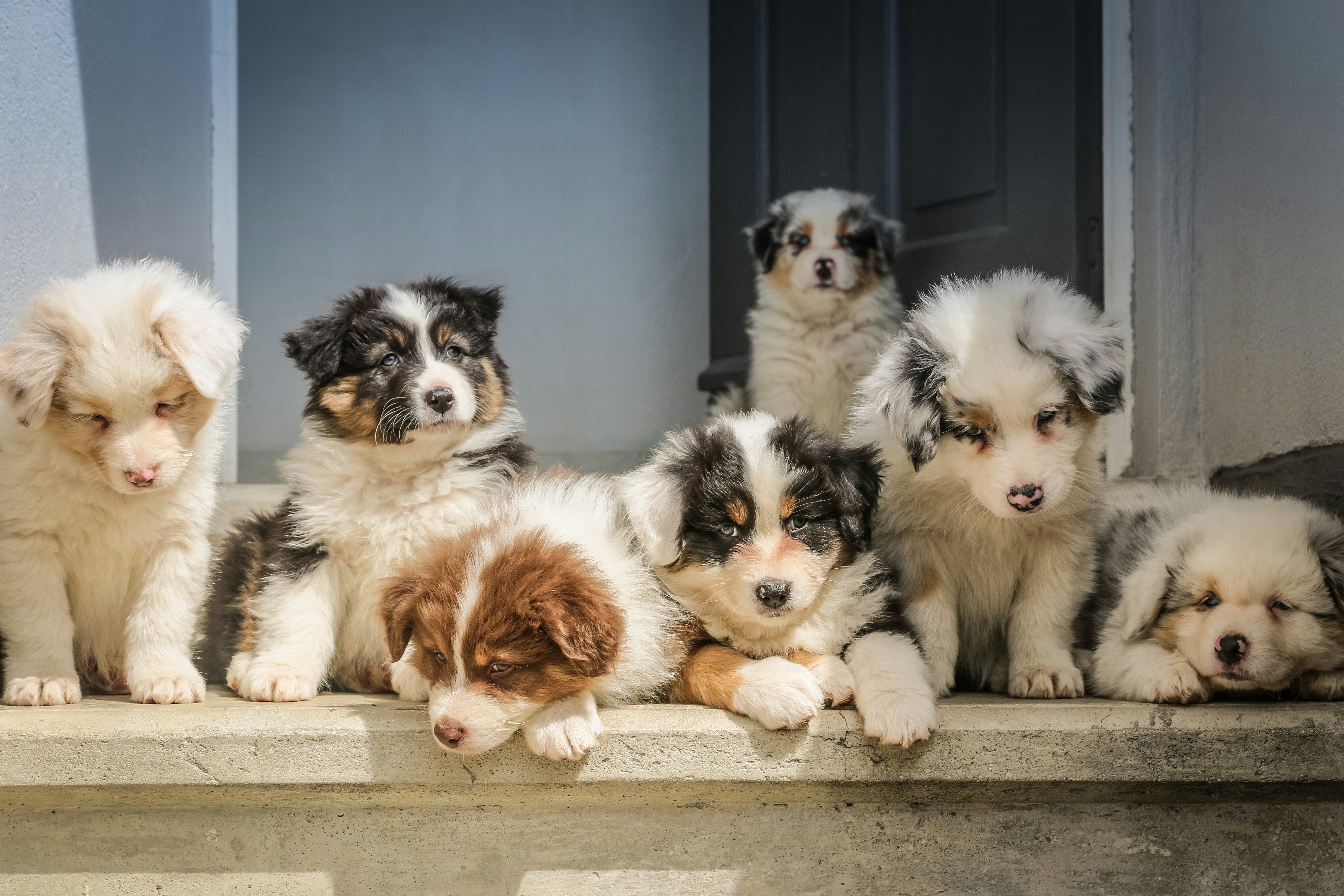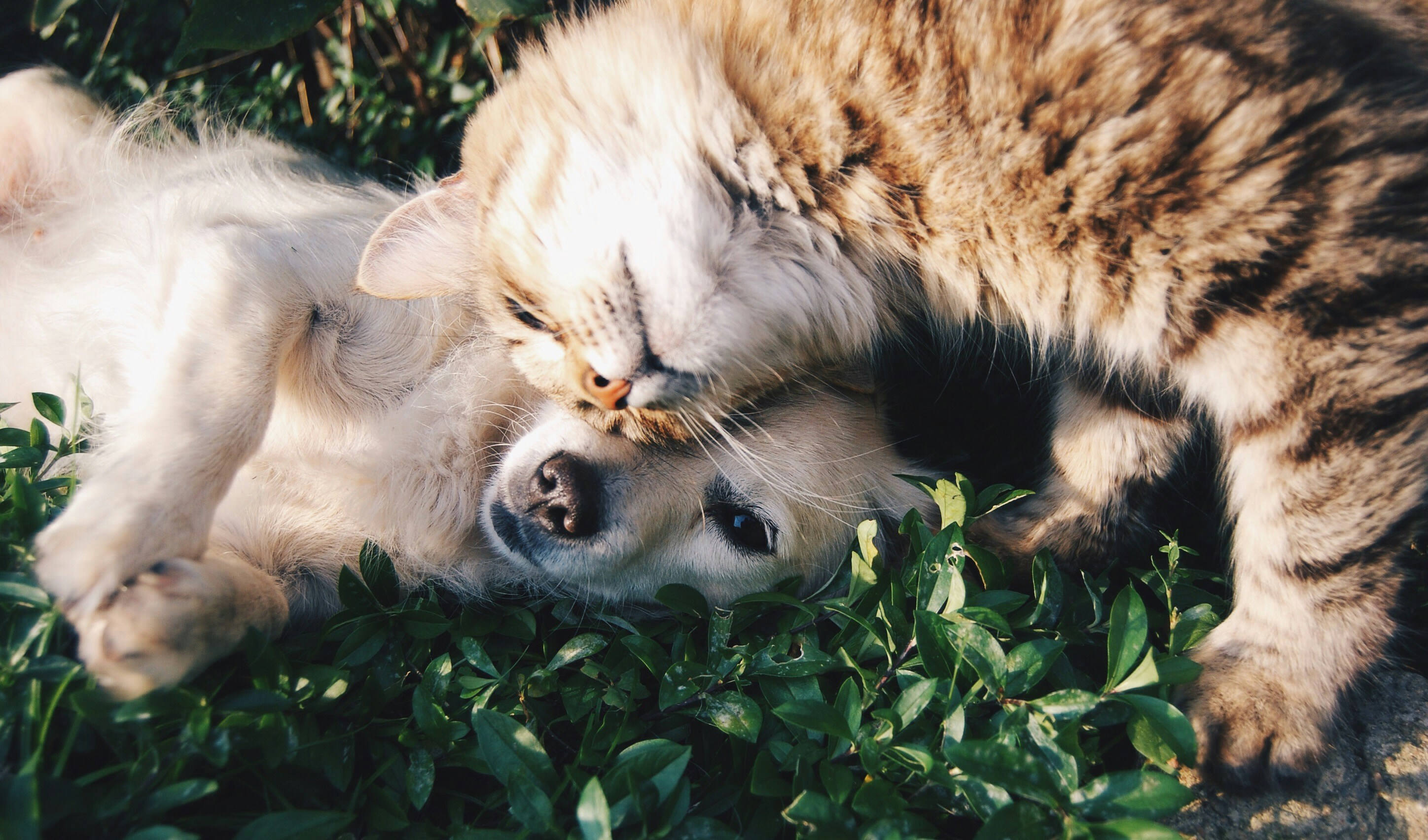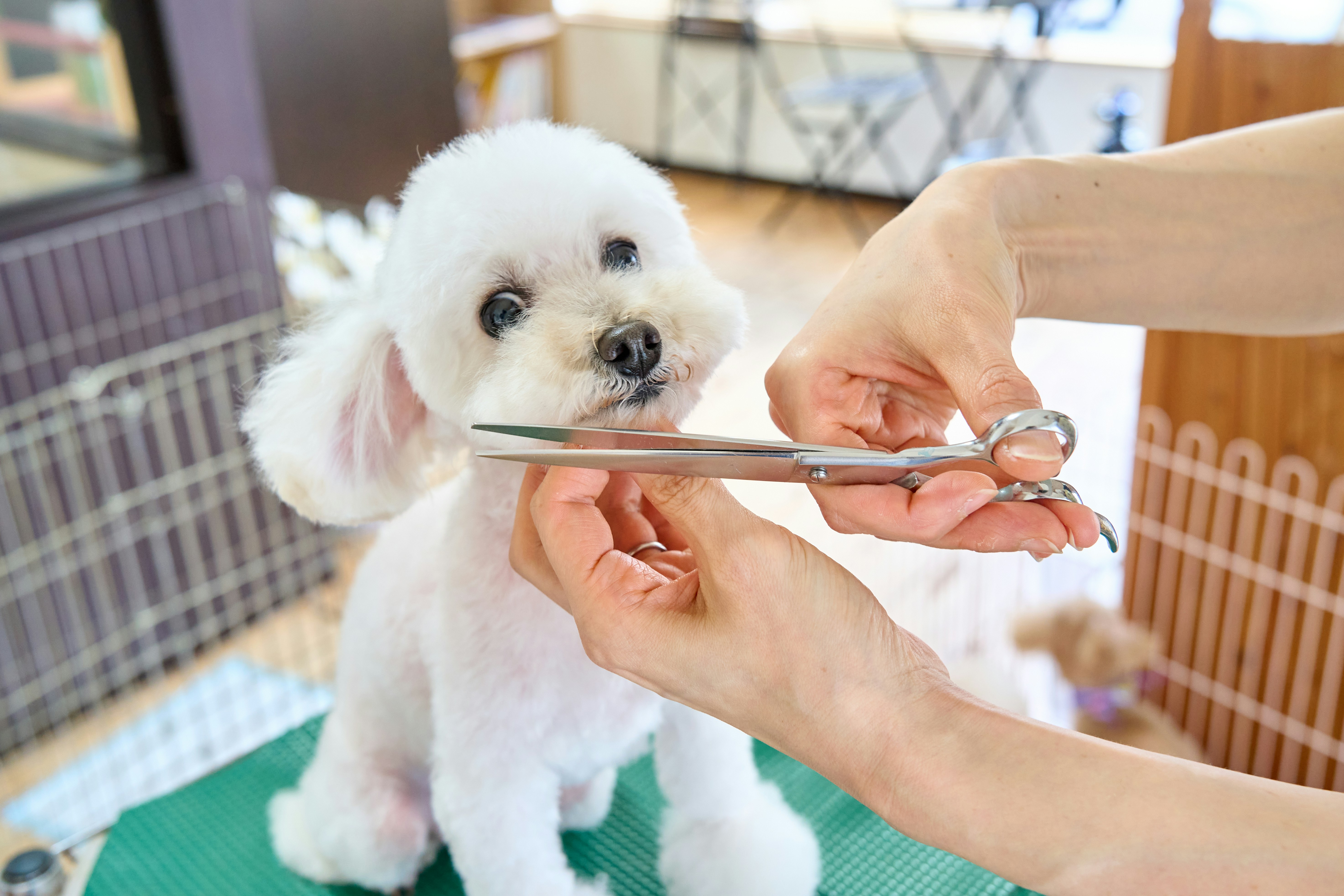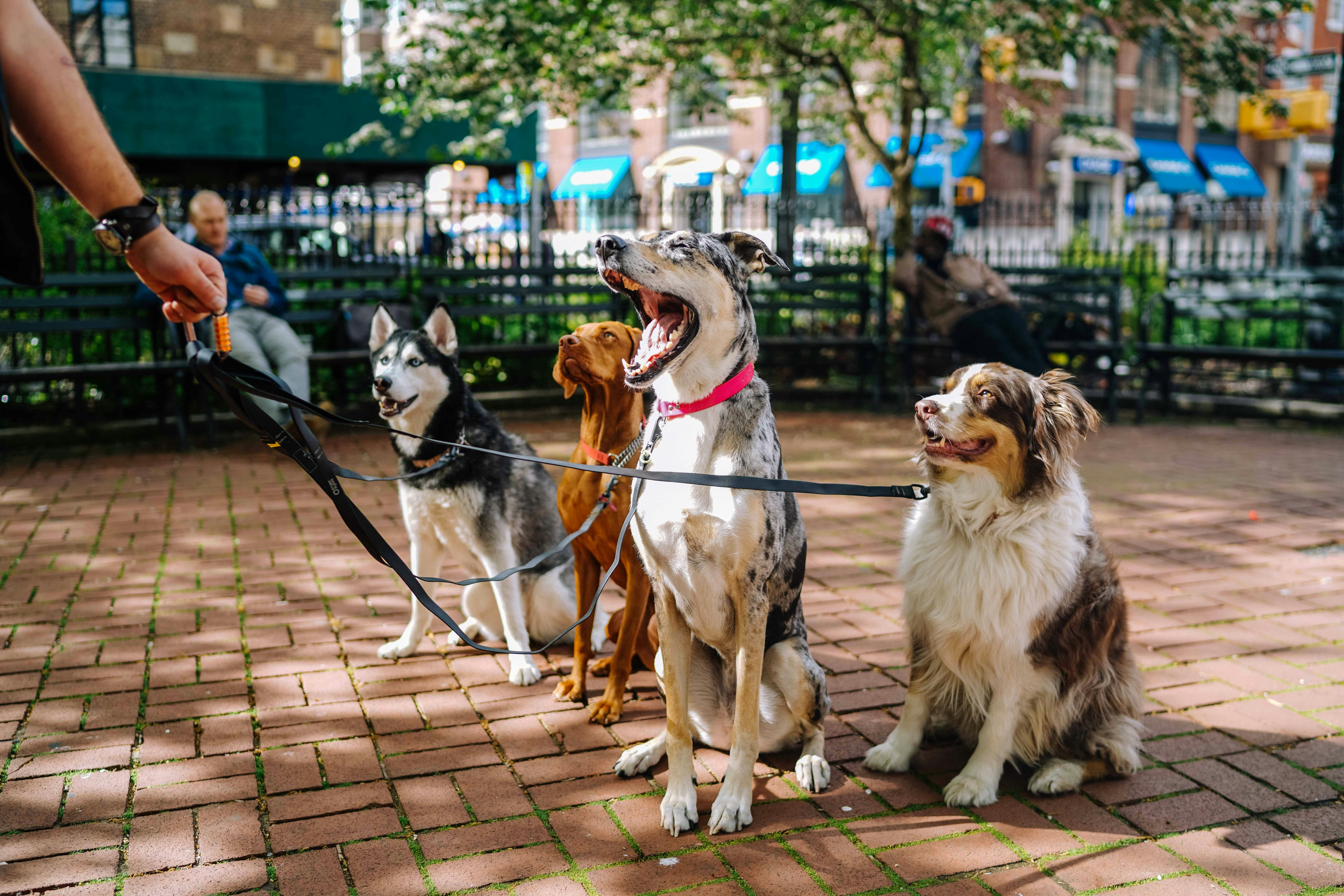The Survival Guide for Multi-Pet Households: How to Help Dogs and Cats Live in Harmony

The Survival Guide for Multi-Pet Households: How to Help Dogs and Cats Live in Harmony
For centuries, dogs and cats have often been stereotyped as natural enemies. Cartoons and pop culture portray them as rivals locked in an endless chase. However, reality paints a more nuanced picture. Many families successfully raise dogs and cats under the same roof, building strong interspecies bonds and creating a household full of love and companionship.
That said, living in a multi-pet household is not without its challenges. Dogs and cats differ in communication styles, body language, and daily needs. Without proper preparation and management, tensions can escalate into stress, anxiety, or even aggression.
This guide explores practical strategies for helping dogs and cats coexist peacefully , covering introductions, training, environment design, and long-term care.
1. Understanding the Natural Differences Between Dogs and Cats
1.1 Communication Styles
- Dogs : Highly social, expressive, and often eager to please. They use wagging tails, vocalizations, and body posture to communicate.
- Cats : More independent and territorial. Their communication is subtle, relying on ear position, tail flicks, and slow blinks.
When these signals are misunderstood, conflicts may arise. For example, a wagging tail in a dog signals excitement, but in cats, it often means irritation.
1.2 Social Needs
Dogs thrive on pack dynamics, while cats tend to value personal space. A cat may interpret a dog’s playful approach as a threat. Recognizing these baseline differences is crucial before attempting cohabitation.
2. Preparing for a Multi-Pet Household
2.1 Evaluate Personalities
Not all pets are suited to multi-species living.
- A calm, obedient dog is more likely to adapt to a cat.
- A confident, social cat is more likely to tolerate a dog.
Conversely, highly aggressive or anxious animals may not be good candidates for integration.
2.2 Safe Zones
Before introductions, create separate safe zones :
- Cats need high perches, cat trees, or gated rooms where they can retreat.
- Dogs need crates or designated areas where they feel secure.
Establishing boundaries reduces territorial disputes.
2.3 Gradual Scent Exchange
Pets rely heavily on scent. Rubbing a cloth on one animal and placing it near the other allows them to become familiar with each other’s smell before meeting face-to-face.
3. Introducing Dogs and Cats Step by Step
3.1 Controlled First Impressions
- Keep the dog on a leash during the first introduction.
- Allow the cat to approach voluntarily or observe from a distance.
- Avoid forcing interactions, as this can create fear and aggression.
3.2 Positive Reinforcement
Reward calm behavior from both pets.
- If the dog sits quietly without lunging, offer treats.
- If the cat observes without hissing, provide praise or food.
This conditions them to associate each other with positive outcomes .
3.3 Short, Frequent Sessions
Initial meetings should be brief, gradually increasing in duration. Over time, pets will become more accustomed to each other’s presence.
4. Managing Common Challenges
4.1 Prey Drive in Dogs
Some breeds have strong hunting instincts. If a dog chases or fixates on the cat, training is essential. Commands like “leave it” and “stay” must be reinforced consistently. Redirecting energy through play or exercise helps reduce tension.
4.2 Food and Resource Guarding
Food is a frequent trigger for conflict.
- Feed pets in separate areas.
- Store food securely to prevent theft.
- Provide multiple water bowls, toys, and beds to minimize competition.
4.3 Territorial Behavior in Cats
Cats may swipe, hiss, or hide when stressed. Ensuring they have vertical escape routes (like shelves or climbing trees) helps them feel safe. Avoid punishing a cat for defensive reactions—focus instead on building trust.
5. Creating a Harmonious Environment
5.1 Structured Routines
Consistency reduces stress. Feed, walk, and play with pets at predictable times. Dogs, in particular, thrive on structure, while cats appreciate routine feeding.
5.2 Enrichment for Both Species
Boredom can lead to conflict.
- For dogs : Walks, training games, puzzle feeders.
- For cats : Scratching posts, interactive toys, window perches.
Enrichment ensures that pets are mentally and physically stimulated.
5.3 Supervised Play
Some dogs and cats eventually play together, but supervision is crucial. Watch for signs of stress:
- Dilated pupils in cats.
- Stiff posture or growling in dogs.
If signs appear, separate the pets and try again later.
6. Long-Term Strategies for Peaceful Coexistence
6.1 Training the Dog
Obedience training is non-negotiable. Commands like “sit,” “stay,” and “down” help establish control. A well-trained dog is less likely to overwhelm or frighten a cat.
6.2 Respecting the Cat’s Pace
Cats may take weeks or months to adjust. Forcing interactions rarely works. Patience is key—celebrate small milestones, such as a cat choosing to nap in the same room as the dog.
6.3 Veterinary Considerations
Regular health check-ups are vital. A sick or stressed pet is more prone to aggression. Keeping both animals healthy minimizes behavioral issues.
7. Benefits of a Multi-Pet Household
When successful, a dog-cat household offers incredible rewards:
- Companionship for each other : Pets may bond and reduce loneliness.
- Mental stimulation : Exposure to another species enriches their daily life.
- Joy for owners : Watching pets coexist peacefully creates a fulfilling environment.
Many families report heartwarming moments where dogs and cats cuddle, groom one another, or play gently together. These bonds prove that harmony is possible with patience and proper management.
8. Future Perspectives: Technology and Tools for Multi-Pet Homes
Pet technology can play a role in improving coexistence:
- Smart feeders : Feed pets separately at scheduled times to prevent conflict.
- Pet cameras : Monitor interactions while away.
- Activity trackers : Ensure each pet gets sufficient exercise, reducing stress-driven conflicts.
As the pet tech market evolves, new tools will likely make multi-pet households easier to manage.
Conclusion
Dogs and cats are not destined to be enemies. With thoughtful preparation, patient introductions, and consistent management, they can learn to coexist—and in many cases, form genuine friendships.
The key lies in understanding their differences, creating safe spaces, and reinforcing positive behavior . For pet owners, the reward is a harmonious home where wagging tails and soft purrs coexist, bringing joy to everyone under the same roof.




